How to Reset Network Settings on iPhone in 5 Easy Steps
- Resetting the network settings on an iPhone can resolve connectivity issues, such as problems with Wi-Fi, mobile data, VPN, and Bluetooth connections. This process clears all saved network information, including Wi-Fi passwords and Bluetooth pairings.
- It's advisable to reset network settings if you're experiencing persistent network-related problems that more straightforward fixes, like toggling Airplane Mode or restarting your iPhone, haven't resolved.
- If resetting network settings doesn't address the connectivity issue, users may need to consider more extensive measures, such as resetting all settings or contacting Apple Support for further assistance.
If your iPhone has trouble connecting to Wi-Fi or mobile data, resetting the network settings might help. This process often solves common connection problems. It’s like giving your iPhone a fresh start to get its network functions working properly again.
This guide will explain what iPhone network settings are and what they control. We’ll also cover the right time to reset these settings, the steps you should try before resetting, how to reset the network settings, what to expect after the reset, and what to do if the reset doesn’t solve the issue.
What are the Network Settings on an iPhone, and what does it Control?
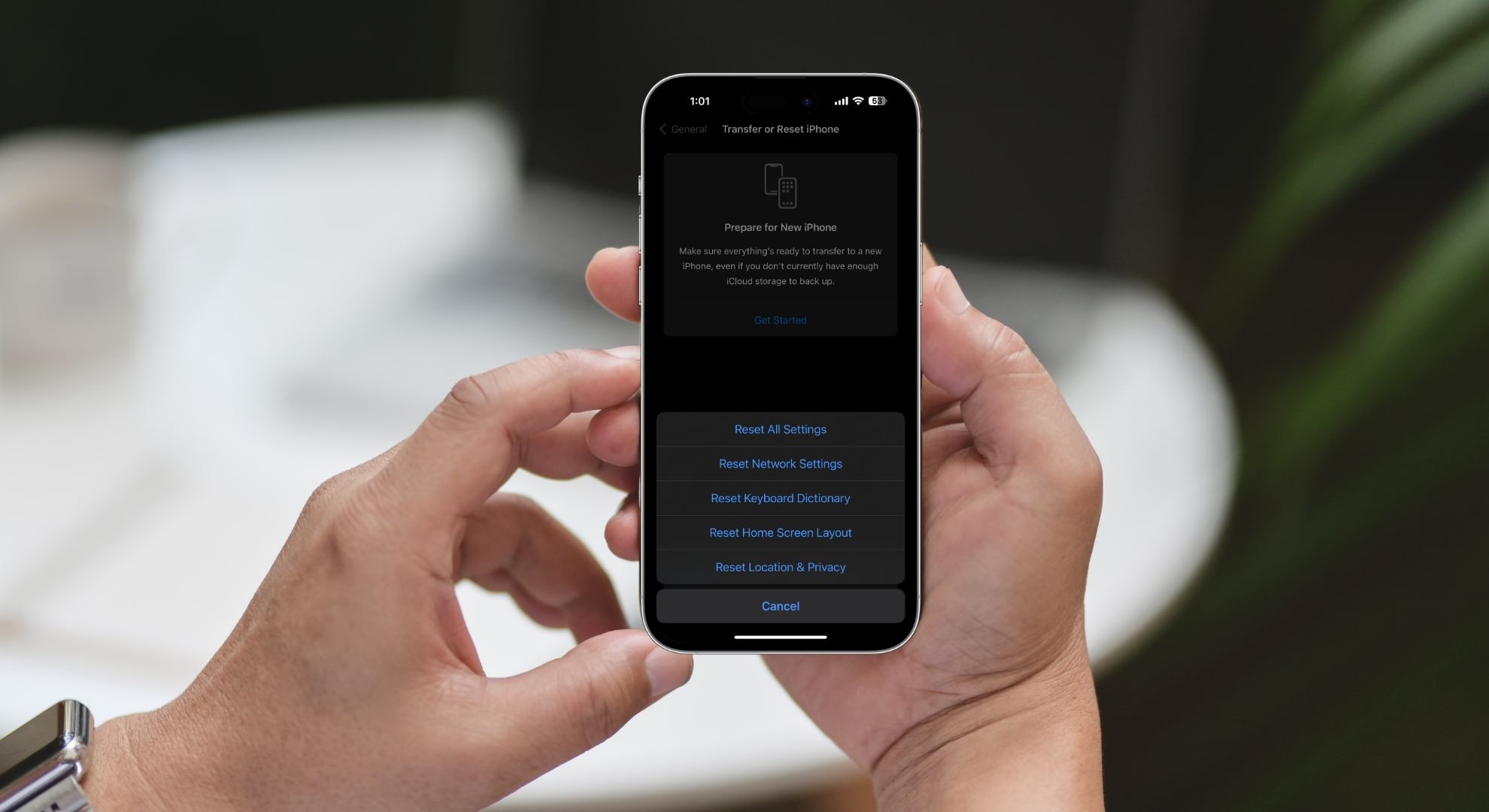
Network settings on an iPhone control how your phone connects to the internet and other devices. This includes setting up Wi-Fi and mobile data, creating VPN connections for safe internet use, managing Bluetooth devices, and turning on Airplane Mode or Wi-Fi Calling.
You can also set up a hotspot to share your phone’s internet, change your mobile carrier’s settings, and decide how your text and picture messages are sent. Knowing how to use these settings helps your iPhone connect better and work more efficiently.
When Should you Reset the Network Settings on your iPhone?
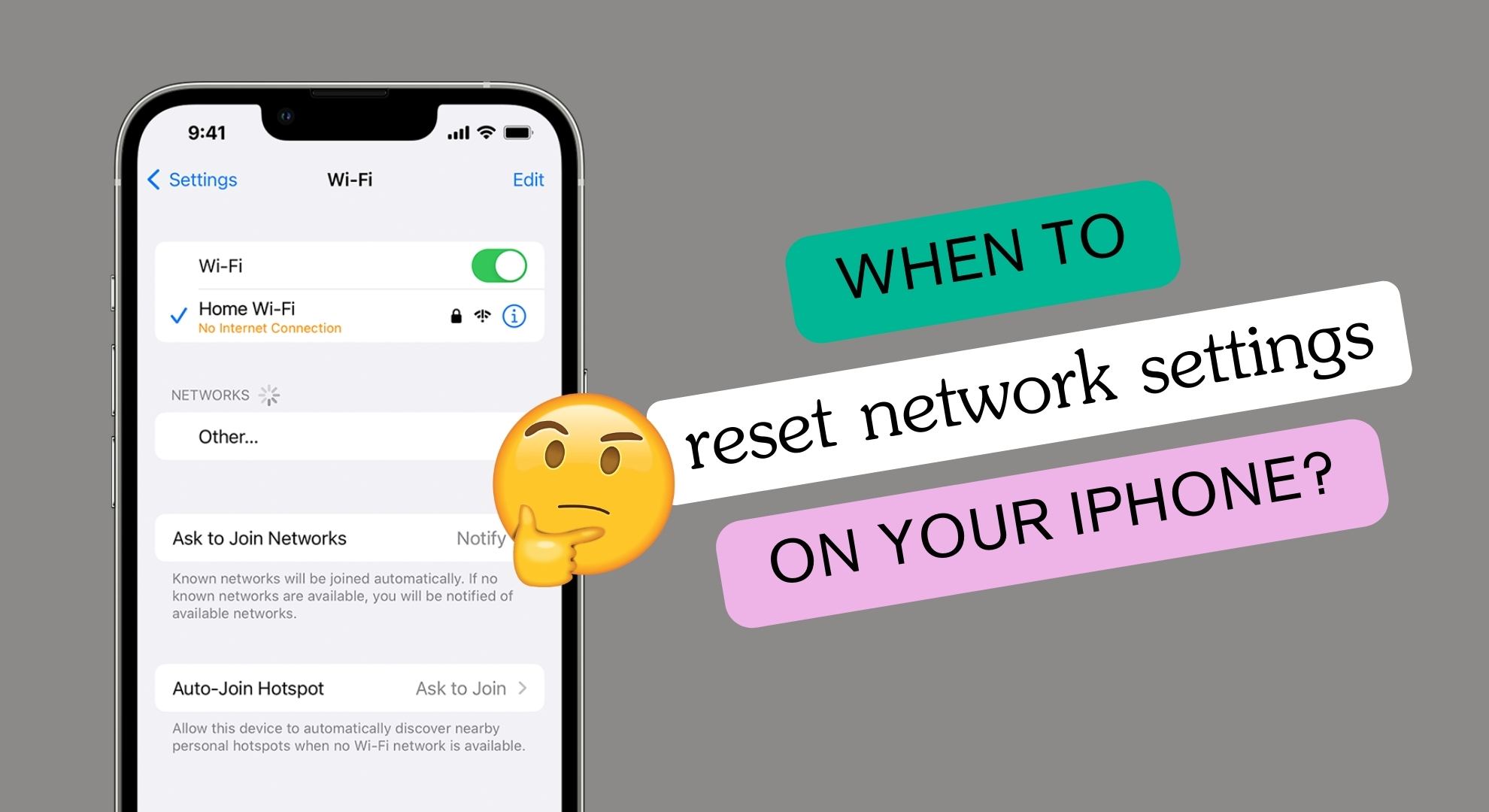
You should reset the network settings on your iPhone if you often run into these problems:
- Wi-Fi doesn’t connect or automatically find networks
- Your iPhone shows a “No Service” message
- Bluetooth is not working
- Issues with making or receiving calls
- Inability to communicate with 5G networks
- Calls getting cut off unexpectedly
- Issues with FaceTime not connecting or functioning
- VPN not operating correctly
What Should you Try Before you Reset your Network Settings?
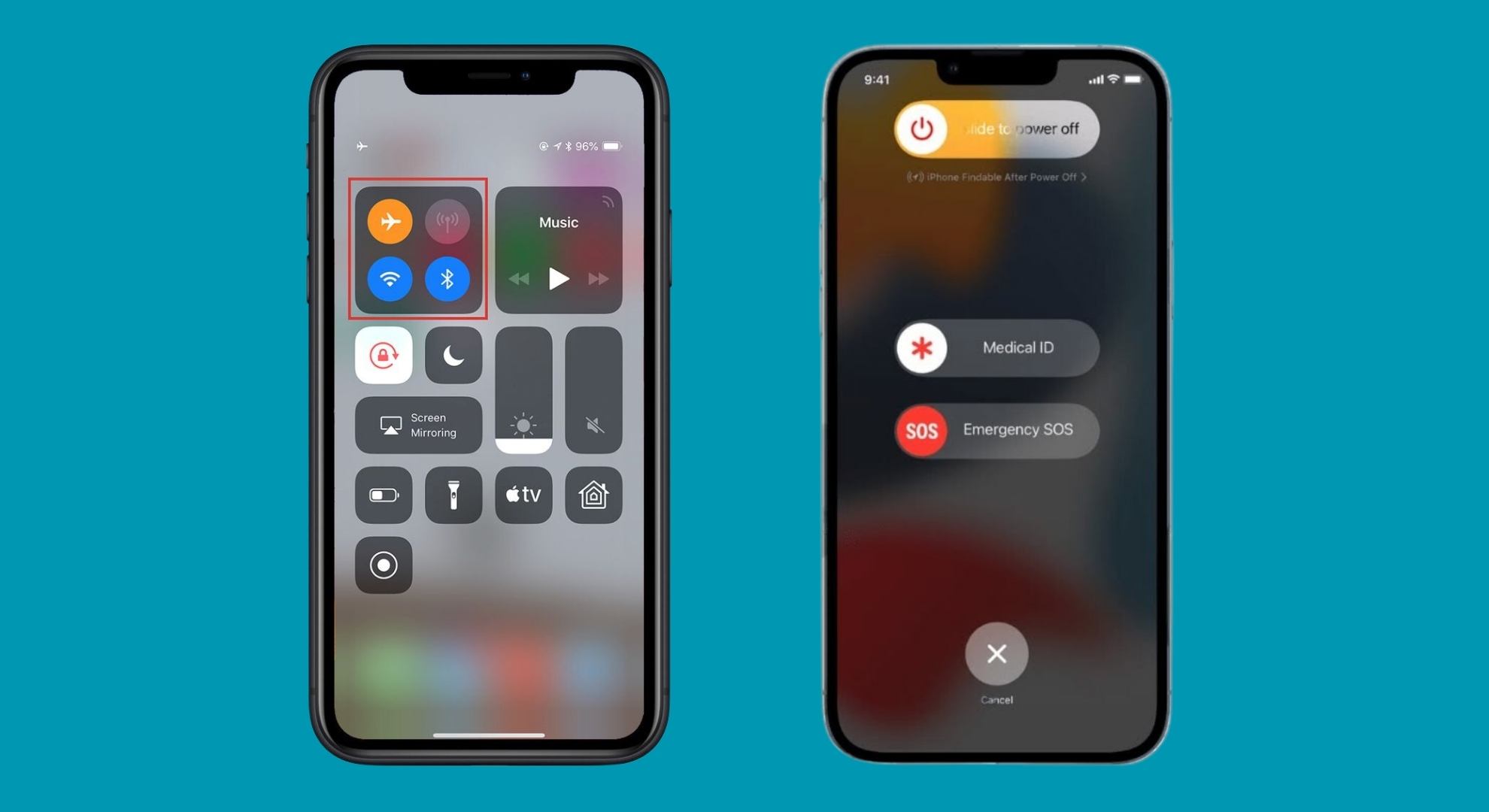
Resetting your network settings will take your iPhone back to its original settings when it came. You’ll lose all the personalized settings or parameters you set for your network. So, before resetting your network settings, consider these troubleshooting steps, which might fix your connectivity issues without a reset:
- Turn Airplane Mode on and off: This can refresh your network connection. Turn on Airplane Mode, wait a little while, and then switch it off to help your iPhone reconnect to available networks.
- Restart your iPhone: Turning your phone off and then back on can solve minor software problems affecting your network. This restart can clear up temporary glitches and improve your phone’s connectivity.
- Reconnect to your WiFi network: Sometimes, problems are solved by forgetting and reconnecting to your Wi-Fi network. In your phone’s settings, forget the network, then reconnect by typing in the Wi-Fi password again, which can help establish a stable connection.
How do you reset network settings on an iPhone?
You can reset the network settings to fix problems with your iPhone’s cellular data, Wi-Fi, VPN, and Bluetooth. This action will delete all saved settings, like Wi-Fi passwords, saved networks, and VPN setups. Here are the steps to reset your network settings:
Step 1: Open the Settings app and go to the General section
First, find and open the Settings app on your iPhone. In the Settings, scroll down until you see “General” and then tap on it. This section includes various options, such as Siri settings, updating apps in the background, and setting the Date and time.

Step 2: Access the Transfer or Reset iPhone options
Go to the end of that list after you’re in the General settings. At the bottom, you’ll find the “Transfer or Reset iPhone” option– tap on this. Doing so takes you to a different menu where you can reset or erase all content and settings.

Step 3: Tap on the Reset options
Tap on the “Reset” option at the bottom of the page. This will take you to a new menu where you can reset different parts of your iPhone.
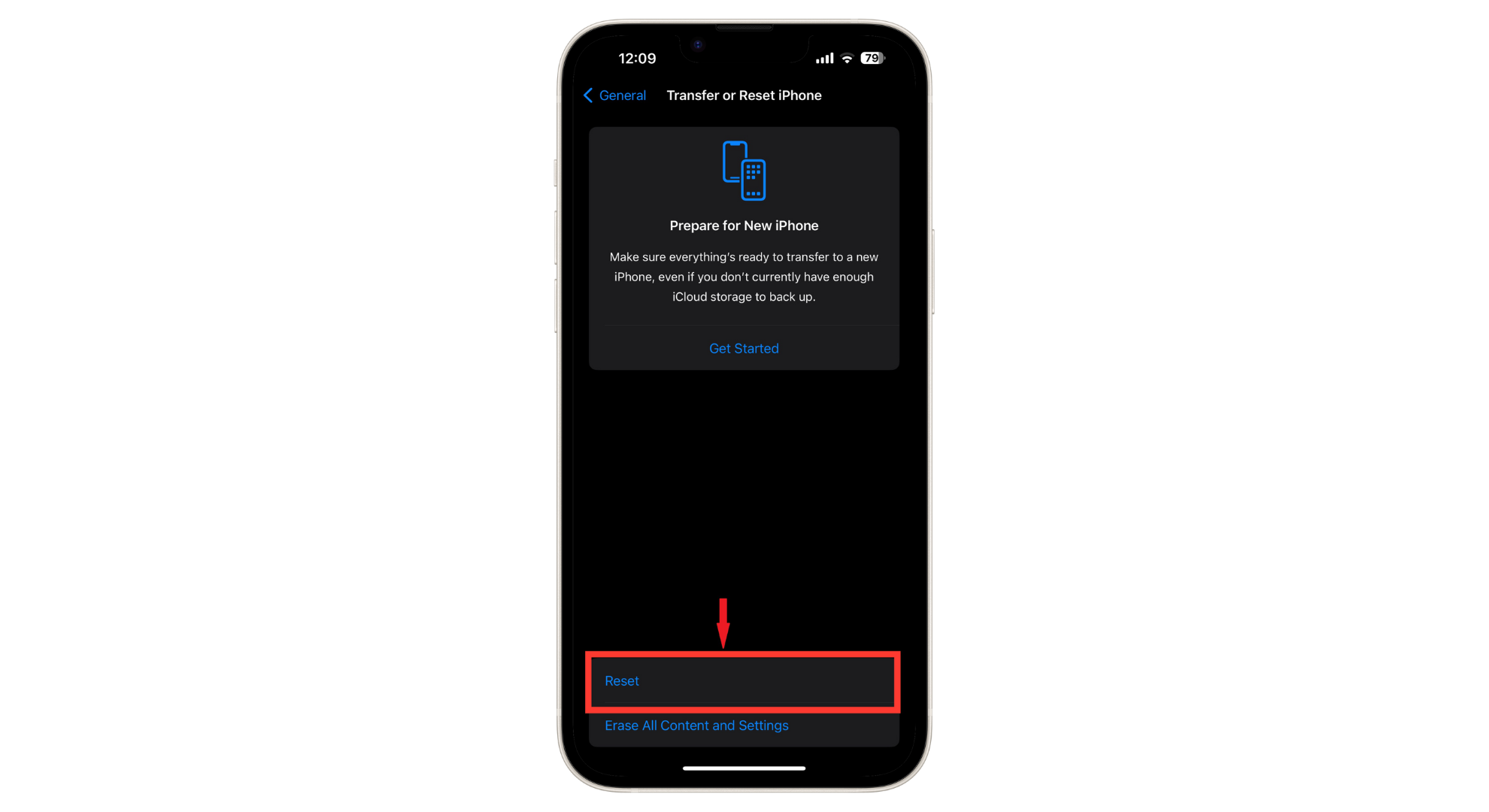
Step 4: Select Reset Network Settings
Look for the “Reset Network Settings” option in the Reset menu. Tap on it to remove all settings related to network connections on your iPhone, including Wi-Fi passwords and cellular preferences.

Step 5: Confirm your action
Next, your iPhone will ask for your passcode to make sure you really want to reset the network settings. This step checks that you are making this change on purpose. Enter your passcode when asked.

↪ After the Reset
After the reset finishes, your iPhone will turn off and on by itself, which might take a little time. Once it turns back on, you must enter your passcode to unlock your phone. If you are still facing the same issue, consider contacting your network provider or Apple Support for more help.
What Happens After Resetting the iPhone’s Network Settings?
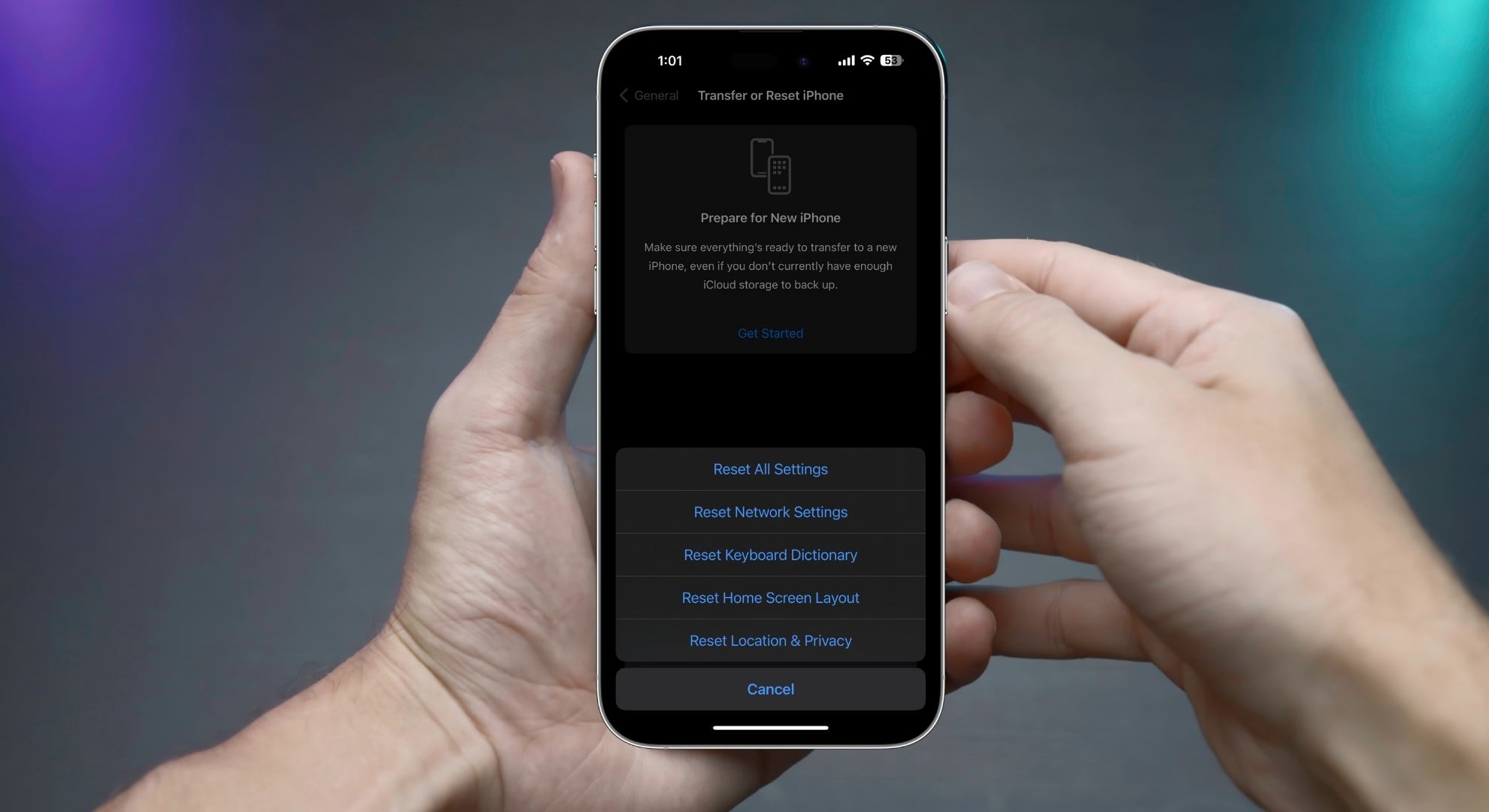
After you reset the network settings on your iPhone, it will erase all the network information on your phone. Wi-Fi passwords, Bluetooth connections you’ve saved, VPN settings, and other network choices will be wiped out and set back to how they were when the phone was new. Your phone will forget all the networks and devices it knew before.
After resetting this, you must enter Wi-Fi passwords and manually reconnect devices. The good news is that you won’t lose any files, photos, messages, or internet history. Unlike a full factory reset, which clears everything and makes your iPhone look like new, a network reset only affects network settings.
If you’re worried about losing network passwords or settings, consider saving your iPhone’s data to iCloud before resetting. Then, you can get your settings back by restoring from iCloud later.
 Reviewed by
Reviewed by 




